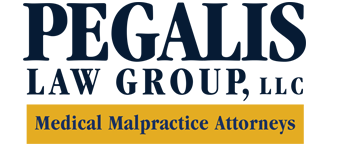-
How Is Breast Cancer Diagnosed?
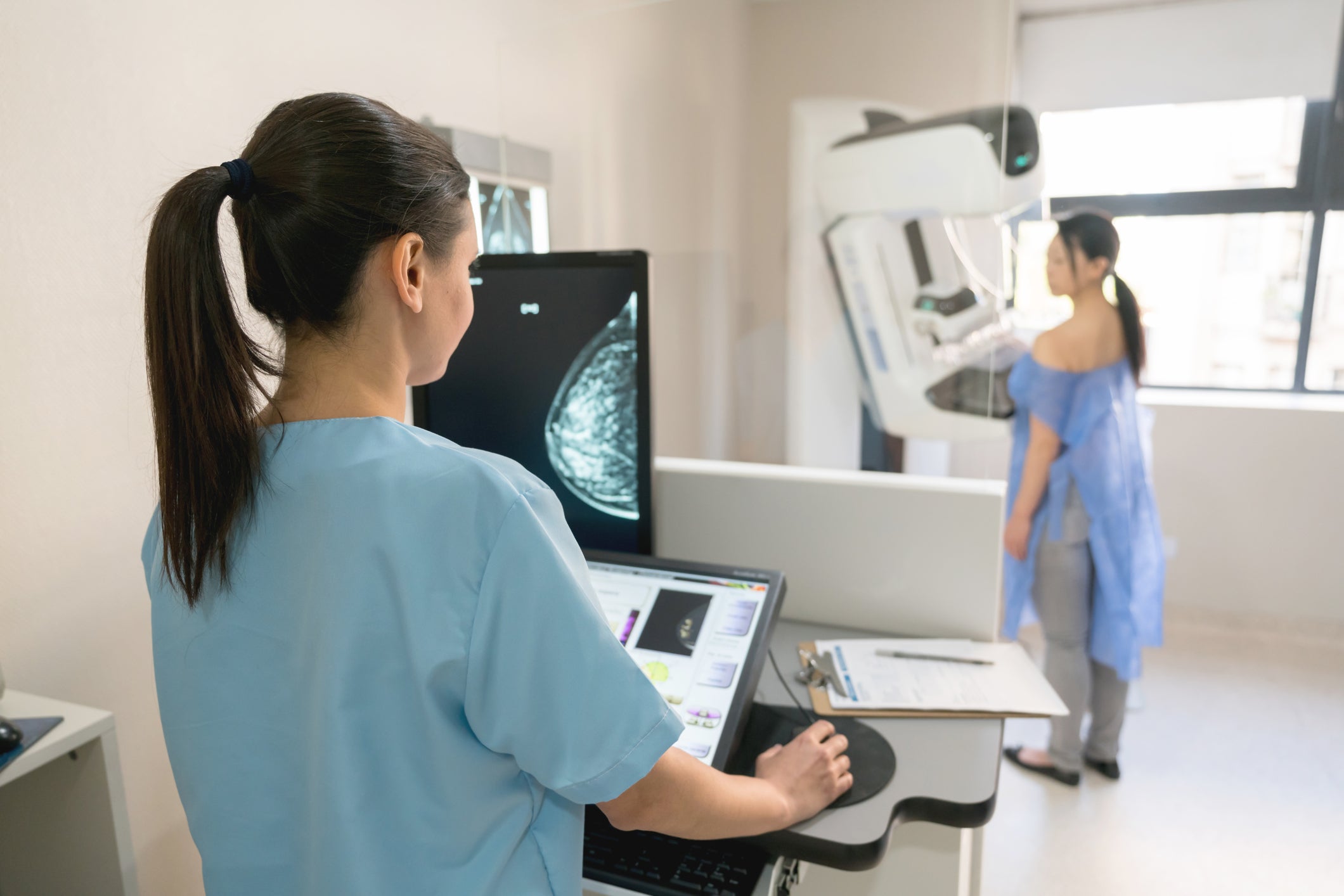
As many as 1 out of every 8 women in the United States will develop breast cancer, with hundreds of thousands of new cases of the illness every year. After lung cancer, it is the single deadliest type of cancer for American women. Here is a brief introduction to how breast cancer is diagnosed in patients.
What tests are used to diagnose breast cancer?
There are several tests that can be administered to diagnose breast cancer. Your doctor can do a physical exam to check for lumps, and they can also use a mammogram—a radiological study—to look for early signs of cancer. If a suspicious lump is found, an ultrasound or an MRI scan may be used to try to evaluate it. If necessary, a biopsy—a taking of tissue sample—can be done to check the tissue for cancer.When should I be tested for breast cancer?
You may want to begin doing annual breast cancer screenings, including mammograms, in your early 40s. After the age of 45, annual mammograms are recommended for all women. After the age of 55, you may want to switch to doing a mammogram once every two years, or as often as your doctor advises. If you have a family history of breast cancer or are a BRCA positive gene carrier, you should speak with your physician because screening is often done earlier and testing may include mammograms along with sonograms and MRI annually. It’s important to be alert to any changes in your breasts, such as developing lumps, discharge, skin changes, that were not there in the past. While not all lumps are cause for concern, you may want to ask your doctor if you are worried about them.If you are concerned about a misdiagnosis or possible medical error, contact the law firm of Pegalis & Erickson, LLC in New York. For 46 years, we have advocated for people of all ages, in order to help our clients financially and make healthcare safer for everyone. You can reach us today by calling (516) 684-2900.
Attorney Advertising
-
Ovarian Cancer Awareness Month: Understanding Your Risk Factors
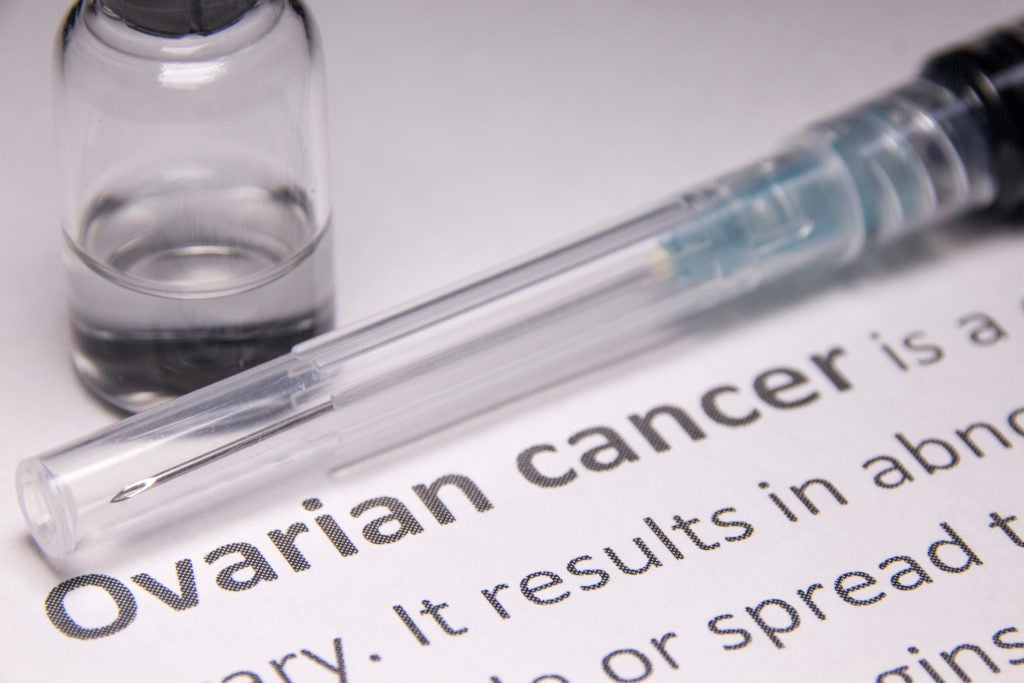
Ovarian cancer is a type of cancer that develops in a woman’s ovaries. While ovarian cancer is relatively rare, it’s important to diagnose it in its earliest stages so that it can be treated effectively. Unfortunately, ovarian cancer is difficult to diagnose easily because its symptoms are subtle. Since there is no screening for early ovarian cancer, it’s important to talk to your doctor if you are considered to be at risk. September is Ovarian Cancer Awareness Month, so it’s the perfect time to check yourself for the symptoms which include bloating, pelvic or abdominal pain, vaginal bleeding, weight gain or loss, change in bowel or bladder habits, to name a few. These are some of the main risk factors for developing ovarian cancer:
- Family history of ovarian or breast cancer
- A personal history of breast cancer prior to age 40
- A personal history of breast cancer prior to age 50 as well as one or more relatives diagnosed with breast or ovarian cancer at any age
- Two or more close relatives diagnosed with breast cancer prior to age 50, or with ovarian cancer diagnosed at any age
- Ashkenazi Jewish Heritage and a personal history of breast cancer prior to age 50
- Ashkenazi Jewish Heritage and a first or second-degree relative diagnosed with bread cancer prior to age 50, or with ovarian cancer at any age
- The BRCA1 or BRACA2 genes put you at high risk. 1 in 5 or higher if you inherited certain mutations in genes that are involved in cell growth division and DNA repair
If you are concerned about a misdiagnosis or possible medical error, contact the law firm of Pegalis & Erickson, LLC in New York. For 46 years, we have advocated for people of all ages, in order to help our clients financially and make healthcare safer for everyone. You can reach us today by calling (516) 684-2900.
Attorney Advertising
-
The Challenges in Diagnosing Cancer
Diagnosing cancer in its earliest stages can make an enormous difference in how successful treatment is. By the same token, failing to diagnose cancer on a timely basis can reduce the effectiveness of treatment. Even if medical practitioners are careful and conscientious, however, it can still be difficult to diagnose many forms of cancer. These are some of the types of cancer that present the greatest challenges:
Pancreatic Cancer
While it is considered relatively rare, pancreatic cancer also has one of the lowest survival rates of any type of cancer. The symptoms are subtle and can easily be mistaken for the signs of a different condition. There is also no widely agreed-upon method for effectively detecting this cancer at its earliest stages.Liver Cancer
Like pancreatic cancer, liver cancer does not usually show any obvious symptoms in its early stages. Since the liver is located deep inside the body, the tumors are impossible to detect through self-examination. By the time it can be more easily diagnosed, the disease has usually spread to the point where it is much more challenging to treat.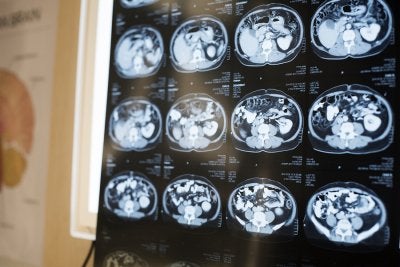 Brain Cancer
Brain Cancer
Brain cancer is one of the most difficult forms of cancer to identify. There is no way to screen for a brain tumor, and the symptoms—which include headaches and muscle weakness—are readily confused with those of other illnesses. Unfortunately, brain cancer is not usually diagnosed until its later stages.Ovarian Cancer
Cancer of the ovaries is the deadliest type of reproductive cancer. As with other hard-to-detect cancers, ovarian cancer does not present any obvious symptoms at first. It is also difficult to detect during pelvic exams, and it is not usually found during Pap tests. There is no reliable screening for ovarian cancer, so it’s important to see a physician if you notice any of the warning signs—which include bloating, feeling unusually full after eating, and more frequent urination. Women who are positive for the BRCA gene are at a greater risk for developing Breast Cancer but also Ovarian Cancer. You should discuss your particular situation with your physician to establish a plan for surveillance and care options.If you believe that you or a loved one has suffered serious consequences because a medical professional failed to identify the symptoms of cancer, it’s time to talk to Pegalis & Erickson, LLC. Our legal team has nearly 50 years of experience bringing successful medical malpractice suits on behalf of our clients. For a free consultation at our law office in Long Island, New York, call (516) 684-2900.
-
Breast Cancer Awareness Month
October is Breast Cancer Awareness Month, which is also a good time to be aware of some common breast cancer malpractice issues, including the misdiagnosis and delayed diagnosis of breast cancer.
Breast Cancer Misdiagnosis
Approximately one in eight women in the U.S. is affected by breast cancer according to the American Cancer Society. For women in the United States, breast cancer is the second deadliest form of cancer. It is also, unfortunately, one of the most often misdiagnosed forms of cancer.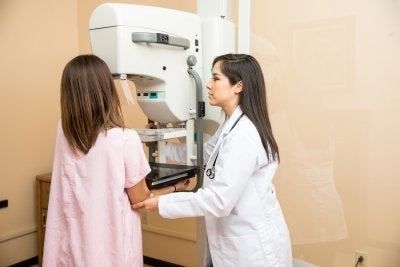 In many cases, breast cancer presents with subtle symptoms. Breast lumps, for example, are a common sign of breast cancer—yet many breast lumps are benign and coincide with hormonal changes. Sometimes, lumps are located in nearby lymph nodes in the armpit before they are located in breast tissue. Other more visible symptoms include skin changes such as dimpling of the breast, nipple discharge, itching and scaling of the nipple, and breast or nipple pain.
In many cases, breast cancer presents with subtle symptoms. Breast lumps, for example, are a common sign of breast cancer—yet many breast lumps are benign and coincide with hormonal changes. Sometimes, lumps are located in nearby lymph nodes in the armpit before they are located in breast tissue. Other more visible symptoms include skin changes such as dimpling of the breast, nipple discharge, itching and scaling of the nipple, and breast or nipple pain.Breast cancer diagnosis becomes challenging because of its nonspecific signs, which mimic many other less severe conditions. Still, it is important to mention any breast changes to your doctor, who can order further diagnostic exams to pinpoint the exact cause.
Delayed Diagnosis of Breast Cancer
A delayed diagnosis of breast cancer results in delayed treatment, which can cause women to lose their lives. Patients with invasive lobular carcinoma— a certain type of breast cancer— are especially susceptible to a delayed diagnosis, which can have serious consequences.In cases of misdiagnosis, doctors may treat patients for another condition, possibly causing damage to the body while the cancer continues to grow or even metastasize, which can result in increased symptoms and may be fatal. As with other forms of cancer, early detection, diagnosis, and treatment of breast cancer are key in increasing survival rates.
The five-year survival rate for breast cancer is nearly 100% for Stage 0 and Stage I, but a delayed diagnosis may not be found until the cancer moves into Stage II, III, or IV (which only has about a 22% survival rate).
If you have suffered from a breast cancer misdiagnosis or a breast cancer delayed diagnosis, contact Pegalis & Erickson, LLC for a case review at (516) 684-2900.
-
Breast Cancer and Misdiagnosis: What Patients Should Know
When you are facing breast cancer, one of the last things you want to discover is that a misdiagnosis or late diagnosis could have compromised your prognosis. Diagnostic errors don’t always apply to missed or late diagnoses but also staging. If you feel your breast cancer was not timely diagnosed, here is what you need to know about medical negligence in breast cancer diagnostics and how you can become empowered as a patient.
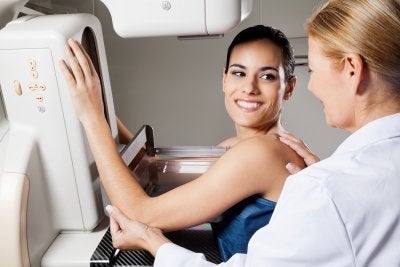 How do breast cancer misdiagnoses happen?
How do breast cancer misdiagnoses happen?
Avoidable medical errors happen daily in hospitals and doctors’ offices across the country, and breast cancer misdiagnosis or late diagnosis are among the mistakes that medical professionals make. Misdiagnosis and late diagnosis can happen at several different stages in the process. In some cases, mammograms, sonograms, or digital films may not be read appropriately. In other cases, the results of a biopsy may not be tested appropriately and may provide incorrect results. Because early treatment is so crucial for breast cancer patients, a missed diagnosis or a delayed diagnosis not only means that treatments have to be more invasive and cause more significant quality of life issues, but it could also lead to loss of life that may have been preventable with earlier intervention.What can patients do?
As a patient, it is important to be proactive about your care. Ask questions, speak up when you have concerns, and don’t take anyone’s word simply because he or she is a medical professional. Demand follow-up testing, second opinions, and anything else you need to feel confident that you are getting the right answers about your health.Pegalis & Erickson helps patients facing medical malpractice, including missed diagnoses, get the compensation they deserve. Dial (516) 684-2900 and talk to a medical malpractice attorney on Long Island to understand your rights.
Recent Posts
Popular Posts
categories
- Uncategorized
- Infographic
- Patient Safety
- Patient Health
- Stillbirth
- Birth Injuries
- Medical Malpractice
- Medical Negligence
- Event
- Erb's Palsy
- Injury
- ER
- Video
- Cancer Misdiagnosis
- Medication Errors
- Cerebral Palsy
- Medical Negligence Lawyer
- Anesthesia Injuries
- Brachial Plexus
- Prostate Cancer
- About Us
- Men's Health
- Skin Cancer
- Breast Cancer
- Misdiagnosis
